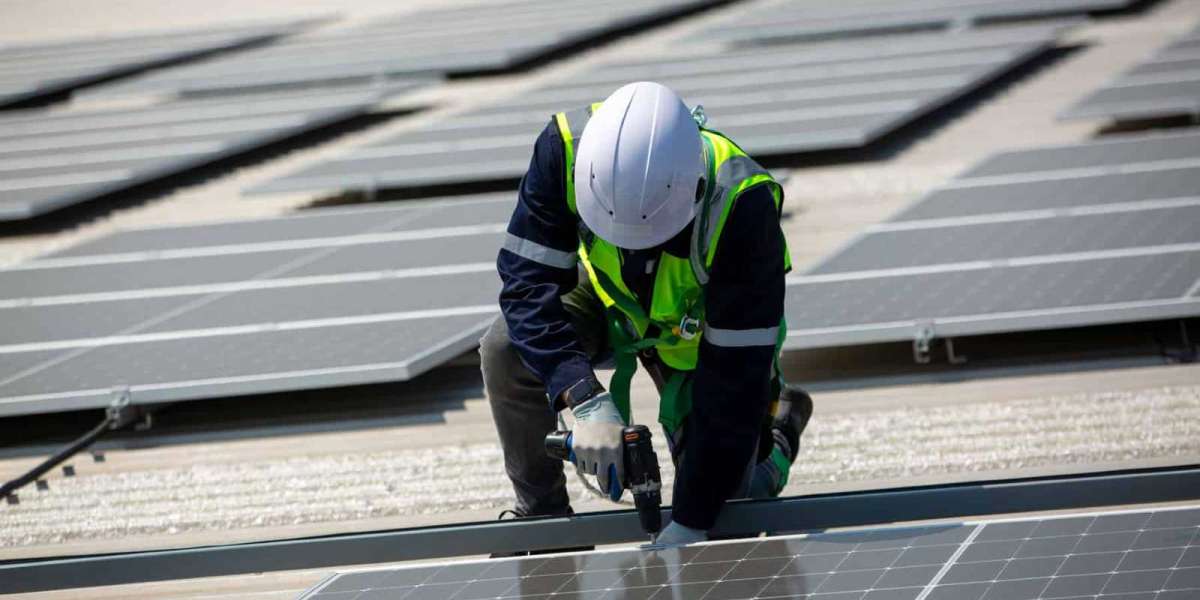Modern vehicles are equipped with sophisticated safety technologies designed to make driving safer and more convenient. Among these features, accurate lane assist calibration is essential for ensuring that lane departure warnings and lane-keeping systems function flawlessly. These systems use high-precision cameras and sensors to monitor the vehicle’s position on the road and help prevent accidental lane departures. When calibration is even slightly off, the system may provide incorrect alerts or fail to operate properly. For drivers throughout the USA, professional lane assist calibration is a key factor in maintaining both safety and confidence behind the wheel.
Lane assist is a critical component of Advanced Driver Assistance Systems, commonly referred to as ADAS. These systems include various safety features such as adaptive cruise control, automatic emergency braking, blind spot monitoring, and parking assistance. ADAS relies on sensors, radar, and cameras placed strategically around the vehicle. Even minor misalignments or sensor shifts can result in system malfunctions. Ensuring precise calibration after repairs, windshield replacements, or collisions is essential to guarantee that the lane assist and other ADAS functions operate correctly.
Windshield replacements are a common reason for lane assist recalibration. Many modern vehicles have cameras mounted on the windshield to detect lane markings. Even the smallest misalignment during windshield installation can affect camera accuracy. Professional technicians use advanced calibration equipment to ensure that the cameras are properly aligned, restoring the system to its intended precision. This process is especially important for vehicles with semi-autonomous driving capabilities, where lane assist actively intervenes to maintain lane positioning.
Accidents or collisions, even minor ones, can also necessitate lane assist calibration. Damage to the vehicle’s frame, suspension, or sensor mounts may not be visible externally but can affect sensor alignment. Certified technicians perform a thorough inspection to detect any misalignment or sensor issues and recalibrate the lane assist system according to manufacturer specifications. This attention to detail prevents potential malfunctions and ensures that the system responds accurately in real driving situations.
Some vehicle owners underestimate the importance of professional calibration, attempting DIY adjustments or using generic tools. While these methods might seem convenient, they cannot replicate the precision of professional diagnostic equipment. Improper calibration can result in false lane alerts, unintended steering corrections, or complete system failure. Relying on expert calibration ensures that lane assist sensors and cameras are precisely aligned and functioning as intended, protecting both the driver and passengers.
Proper lane assist calibration also supports overall vehicle performance. Many ADAS features work together, integrating lane assist with stability control, braking assistance, and steering systems. Accurate sensor readings allow these systems to operate smoothly and efficiently, enhancing driving comfort and safety. Vehicles maintained with precise calibration typically retain higher resale value, as potential buyers recognize the importance of properly functioning safety technologies.
The calibration process involves multiple critical steps. Technicians first perform a comprehensive diagnostic scan to identify any issues or error codes related to lane assist. Next, cameras and sensors are adjusted using specialized alignment tools to ensure correct positioning relative to the vehicle’s centerline. Test drives or simulation of road conditions may be conducted to verify system accuracy. Advanced calibration systems connect directly to the vehicle’s onboard computer, allowing for real-time adjustments and verification, ensuring reliable performance under various driving conditions.
Calibration requirements can differ depending on the make and model of the vehicle. Some vehicles require static calibration, performed in a controlled environment, while others allow dynamic calibration during a short drive on the road. Consulting with certified service providers guarantees that the correct calibration method is applied. Maintaining documentation of calibration services can also be valuable for warranty claims, insurance purposes, or resale, proving that the vehicle’s safety systems have been properly maintained.
In addition to technical precision, professional calibration saves time and reduces stress for vehicle owners. Attempting to calibrate sensors without proper tools can lead to repeated attempts and unnecessary frustration. Certified technicians streamline the process, ensuring accuracy on the first attempt while addressing any related ADAS issues. This comprehensive approach not only restores lane assist functionality but also helps preserve the overall reliability of the vehicle’s safety systems.
In conclusion, lane assist calibration is more than a technical procedure—it is a vital safety measure. Accurate calibration ensures that lane departure warning and lane-keeping systems operate reliably, protecting drivers, passengers, and other road users. After windshield replacement, collision repairs, or routine maintenance, professional calibration guarantees that lane assist systems perform according to manufacturer specifications. Drivers across the USA can benefit from trusting experienced technicians to handle these complex systems. By prioritizing professional calibration, vehicle owners can enjoy safer, more confident driving on every journey.
For expert lane assist calibration and full ADAS services, trust Abel Diagnostic Centers.



